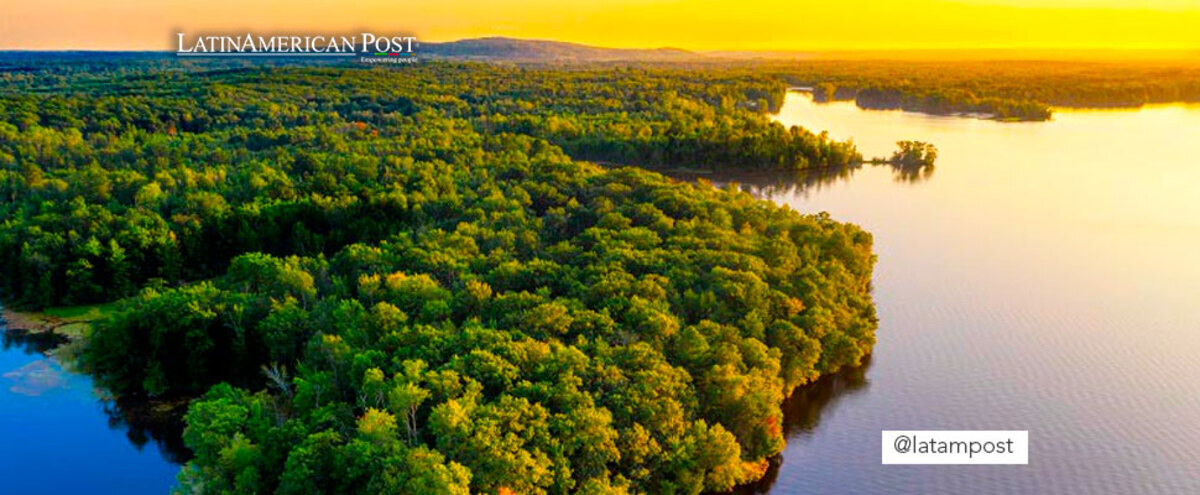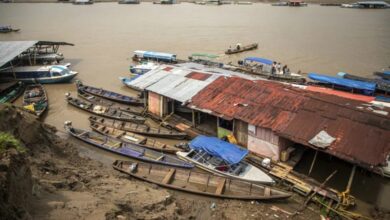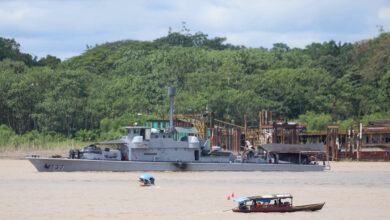Infographic: Living Amazon, a Need for the Future
Within the Framework of COP 27, the World Wild Fund WWF, in Collaboration with other Organizations in the Amazon, Launched the Living Amazon 2022 Report with the Current Situation, Threats and Conservation Strategies for this Area.

Photo: CAF
LatinAmerican Post | María Fernanda Ramírez Ramos
Escucha este artículo
Leer en español: Infografía: Amazonía viva, una necesidad para el futuro
In an event held on November 9 at COP27, the WWF organization launched the "Amazonía Viva 2022" report. It is a document that collects and synthesizes information on the current state of the Amazon. On the one hand, it presents the threats that today affect and degrade the biome and the Amazon basin. Likewise, it recounts various initiatives that have been launched to preserve biodiversity, with projects to protect the jaguar or river dolphins, for example.
On the other hand, it points out the challenges that exist at a global level to stop its destruction and what are the conservation needs. In addition, it has a participation component with the indigenous communities that live in this territory. The most important thing in the report, perhaps, is to point out the vital importance of preserving the Amazon to face climate change. "The Living Amazon Report 2022 is based on the conviction that the destiny of humanity has within its reach the means to guarantee a prosperous life for all without destroying the natural wealth of the biome on which our collective well-being is based," the WWF points out. Here are some key facts contained in the report:

The Coordinator of the Indigenous Organizations of the Amazon Basin, COICA, the Interethnic Organization for the Development of the Peruvian Jungle, AIDESEP, made contributions to the report.
We recommend you read: This is How Latin America Positions Itself at COP 27
"The health of the Amazon has both local and far-reaching impacts. Losing the Amazon would dramatically change South America's climate, worsen food security, intensify the climate crisis, and ultimately affect the entire planet. The emergency global climate would accelerate, since it would be impossible to keep global warming below 1.5 degrees Celsius", is one of the great conclusions pointed out by WWF.




